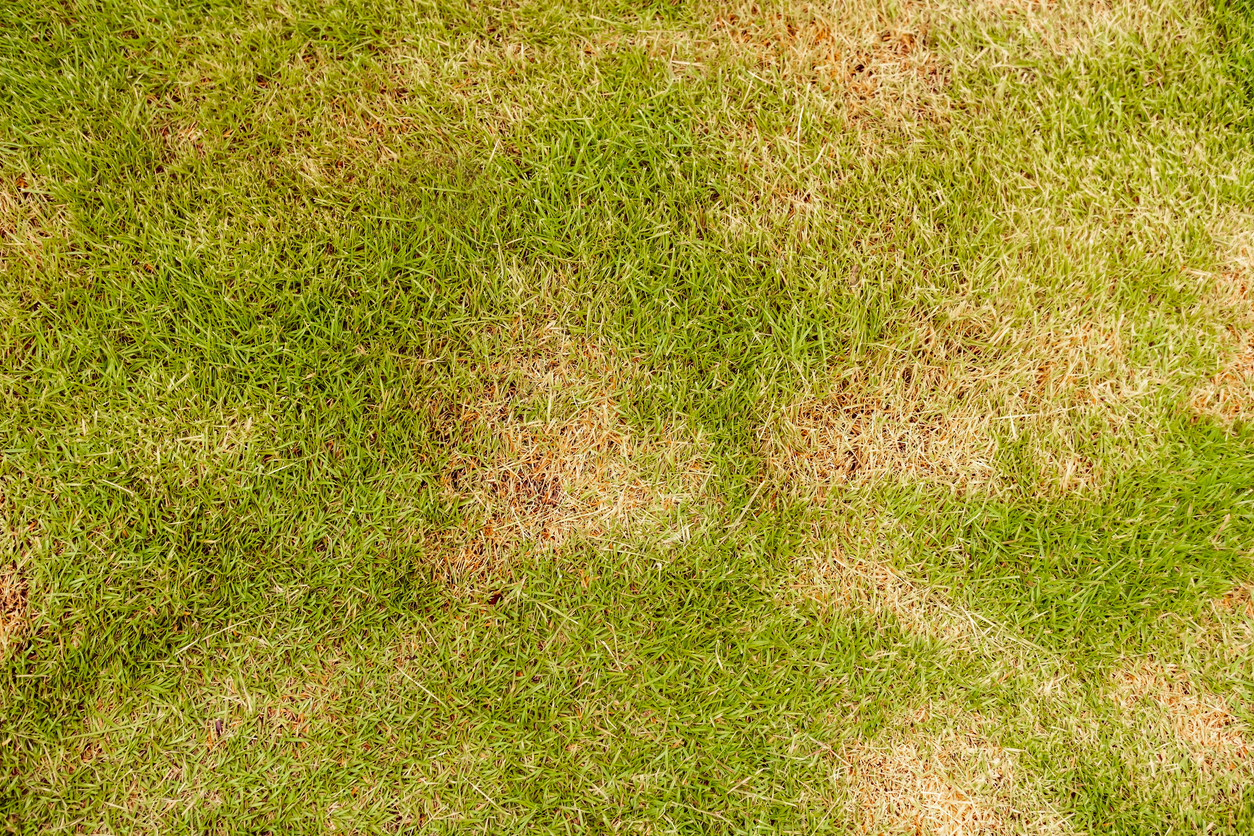Spotty Lawn? These Pests Could Be Why
Before anyone steps foot inside your home, the first thing they notice is your lawn. A lush, green and neatly manicured lawn makes a great first impression, and when summer rolls around, it’s the perfect place to relax. But what happens when your well-manicured lawn starts getting a little spotty? Of course, you can try to patch up your lawn, but that doesn’t address the root of the problem — lawn pests. Yes, creepy crawlers could be the reason your lawn is patchy and yellowing, and it has everything to do with their mealtime preferences. Read on to learn which pests are lawn-ruining culprits and find out what you can do to stop them before they start.
Crane Fly Larvae
Crane flies show up around summer and resemble the pesky mosquito, but it’s their larvae that are actually a nuisance. The long, white, worm-like insects feed on the roots below turf grass lawns, killing crowns and causing brown patches that ruin perfectly healthy, green grass. On especially warm nights, these worms come up to feed on crowns and grass, further damaging lawns. While a few crane fly larvae won’t completely ruin your grass, being vigilant in the treatment of your lawn can reduce crane fly populations before it gets out of control.
Sod Webworms
Have you ever noticed small wheat-colored moths flying in a zig-zag pattern when you mow your lawn? If so, you’ve got sod webworms. The moths themselves are fairly harmless, but in the larval stage, the sod webworms come out to feed at night. At first you may not notice their damage because of new grass growth, but when lawn growth slows due to drought or heat stresses, you’ll be able to see the extent of the infestation.
Chinch Bugs
Chinch bugs have no shame and do their damage in broad daylight above ground. If you look closely during the hot summer months, adult stage chinch can be seen scurrying around your lawn. They ruin grass by removing its sap and by injecting saliva, damaging the grass plants during feeding. Some tips for managing these pests before they get out-of-hand include mowing regularly, watering consistently, aerating your lawn and removing thatch.
Billbugs
Billbugs are weevils that spend winter hiding away in leaf litter around lawns. In the spring, they return to the lawn to lay their eggs in the sheaths of grass plants. The emerging grubs are white and legless and munch on the growing point of the grass plants, which kills grass. Figuring out whether you have billbugs can be difficult as the grubs are tiny and live deep within the thatch layer of the lawn. You’ll know if you have billbugs if you can pull dead patches away from the soil. Try clearing your lawn of any leaf debris before summer to get rid of their cold-weather hiding spots.
White Grubs
Notice brown dry patches in your lawn in fall instead of summer? White grubs lay eggs during the summer months, leaving larvae to snack on your lawn for the remainder of the fall. When winter approaches, the grubs dig deeper into the soil to avoid being frozen. In spring, they defrost and the cycle starts again. They cause damage by severing the root system in your lawn, making it impossible for the grass to draw enough water from the soil. Luckily, these pests are easy to spot. Pull up the brown patches and the grass will roll back revealing the grubs in the soil.
Give Us a Call
Lawn pests eating at you and your grass? Call Arrow today and we’ll make sure they don’t make a disaster out of your lawn.






 YouTube
YouTube Facebook
Facebook Twitter
Twitter Instagram
Instagram